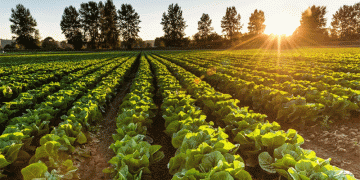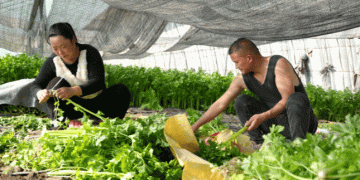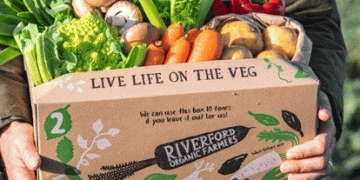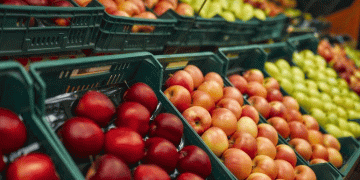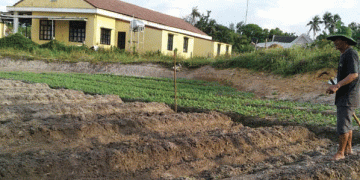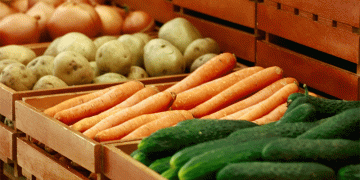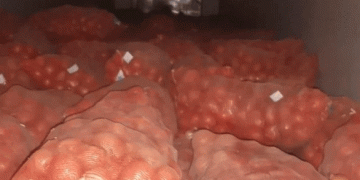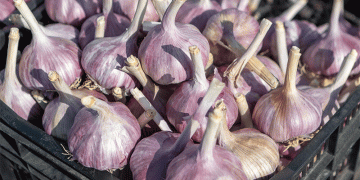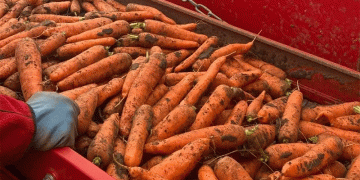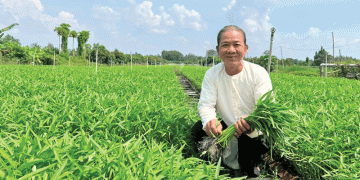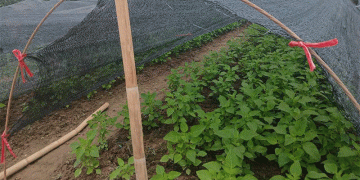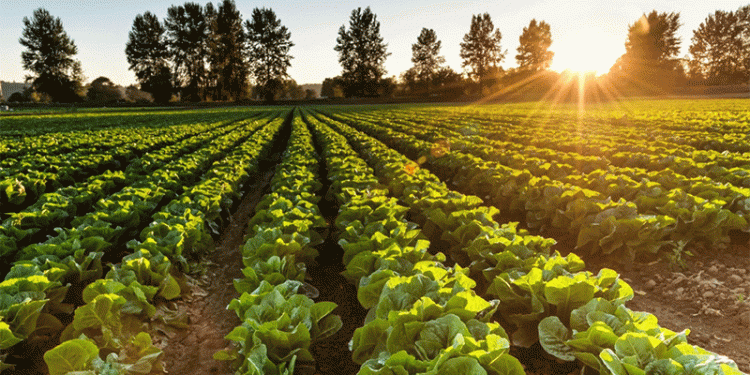The Kyrgyz government has set a groundbreaking target: transitioning Naryn and Issyk-Kul regions entirely to organic agriculture by 2029 under the “Organic 2025–2029” program. Deputy Prime Minister Bakyt Torobaev announced this plan during the 4th Meeting of Agriculture Ministers of the Turkic-speaking States in Issyk-Kul, emphasizing its alignment with regional agricultural strategies.
Key Goals and Regional Impact
The program aims to expand organic farmland to 200,000 hectares by 2029, capitalizing on Kyrgyzstan’s natural advantages—mountain pastures, glacier-fed irrigation, and fertile soils. Currently, global organic farmland exceeds 76.4 million hectares (FiBL & IFOAM, 2023), with demand for organic products growing at 8-10% annually (OTA, 2023). Kyrgyzstan’s shift could position it as a key supplier in the $135 billion global organic market (Statista, 2023).
Regional Collaboration and Economic Potential
The ministerial meeting in Bosteri village brought together delegates from Kyrgyzstan, Kazakhstan, Uzbekistan, Azerbaijan, Turkey, and Hungary, highlighting cross-border cooperation in sustainable agriculture. Torobaev stressed that Kyrgyz produce—grown without synthetic inputs—meets rising global demand for eco-friendly, high-quality food, potentially increasing export revenues.
Challenges and Opportunities
Transitioning to organic farming requires:
- Training farmers in sustainable practices.
- Certification support to meet international standards (EU, USDA Organic).
- Investment in infrastructure for processing and export.
However, studies show organic farming can increase profitability by 20-30% (FAO, 2022) while reducing environmental degradation.
Kyrgyzstan’s “Organic 2025–2029” program is a visionary step toward sustainable agriculture, leveraging natural resources and regional partnerships. If successful, it could set a benchmark for Central Asia’s organic farming future—boosting rural economies and meeting global demand for clean food.
